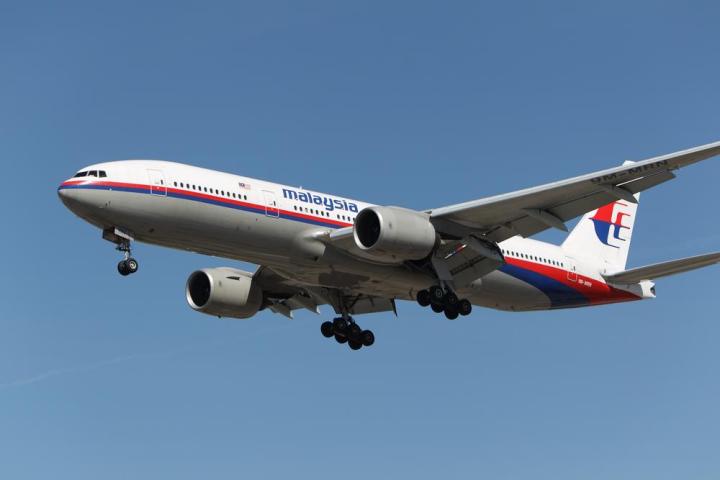
Relatives and friends of those on board, as well as the aviation industry itself, are desperate for answers, but the events of that fateful night remain a mystery.
But now, following months of negotiations, U.S. seabed exploration firm Ocean Infinity is offering some hope. The company has signed a contract with the Malaysian government that will allow it to use its powerful search technology to explore another part of the ocean on a “no find, no fee” basis.
Ocean Infinity’s vessel, Seabed Constructor, is already on its way to the search area in the southern Indian Ocean, with the deep-sea exploration scheduled to begin on January 17.
The Texas-based company will receive as much as $70 million if it finds the aircraft, the Malaysian government confirmed this week, and it has just 90 days in which to do so.
Initial search
A lengthy multinational search carried out by Malaysia, China, and Australia covered almost 50,000 square miles of the southern Indian Ocean but was called off at the start of 2017 after failing to locate the plane, a Boeing 777.
Ocean Infinity will focus on a region of around 10,000 square miles identified as an area of interest by the Commonwealth Scientific and Industrial Research Organisation. The Australian Transport Safety Bureau believes there is a “high probability” that the plane is located somewhere in that zone.
Seabed Constructor has 65 crew on board and is carrying eight autonomous underwater vehicles that can search in greater detail (with HD cameras and an array of sensors), as well as four times faster, than earlier efforts. Six unmanned surface vessels work with the underwater vehicles for precise positioning and communications, Ocean Infinity says on its website.
It’s the first time the company has taken on such a project, but its experience using deep-sea technology for seabed mapping and imaging, marine geological surveys, and environmental monitoring stands it in good stead.
Unsurprisingly, there’s been plenty of speculation about what might have happened to MH370, from some form of mechanical failure to deliberate actions by someone on board. Hopefully, Ocean Infinity can finally locate the aircraft to once and for all solve this lingering mystery.



